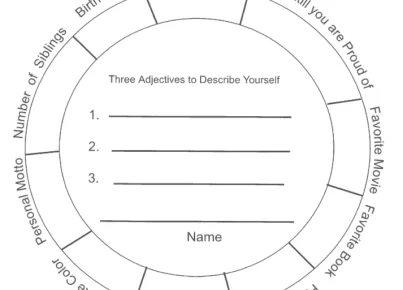Introduction:
As teachers, we are often expected to juggle various responsibilities and manage diverse tasks throughout the day. For those of us with Attention Deficit Hyperactivity Disorder (ADHD), these challenges can be overwhelming at times. However, having ADHD doesn’t mean you can’t excel in your profession or create a positive learning environment for your students. In this article, I’ll share some tips and strategies that have helped me overcome the obstacles of ADHD and become an effective educator.
1. Establishing routines
Creating a structured daily routine is essential for making the most of your time and staying focused. Start by organizing your day into smaller, manageable segments – for example, separate time for lesson preparation, student interaction, and administrative tasks. This will provide clear expectations for yourself and help reduce distractions throughout the day.
2. Prioritizing tasks
With limited time and energy, it’s important to identify essential tasks that require immediate attention. Use a planner or digital tool to prioritize tasks and set deadlines. Break complex tasks into smaller steps to make them more manageable.
3. Streamline classroom management
Having ADHD can make it difficult to maintain boundaries and discipline students effectively, but setting clear expectations can ease this burden significantly. Create a visual checklist or poster displaying classroom rules to reference as needed.
4. Seek support
Don’t hesitate to reach out to colleagues or administrators for assistance when needed. Maintain open communication with coworkers about your struggles and ask for help in setting up strategies for success.
5. Use technology strategically
Incorporate technology in the classroom wherever possible as both a tool for engagement and an ally in maintaining organization. Digital copies of lesson materials and assignments can help reduce clutter, while lesson planning software can streamline many aspects of organizing your class.
6. Take breaks throughout the day
Given the hyperactive nature of ADHD, it’s crucial to incorporate short, regular breaks in your schedule. Use these breaks to stretch, take a walk, or engage in a brief relaxation activity to re-focus your energy.
7. Adapt strategies for personal needs
What works best for you might not be the same as another teacher with ADHD. Experiment with strategies and modify them to suit your unique traits and learning style.
8. Take care of yourself
Your mental and physical health plays a significant role in your ability to manage ADHD effectively. Ensure you’re getting enough sleep, eating well, staying active, and seeking professional help when needed.
Conclusion:
Teaching with ADHD can be a challenging journey, but by implementing these strategies and embracing your unique strengths, you can overcome obstacles and make a positive impact on your students’ lives. Remember that you’re not alone – there’s a community of educators out there who can relate to your struggles and offer support.





